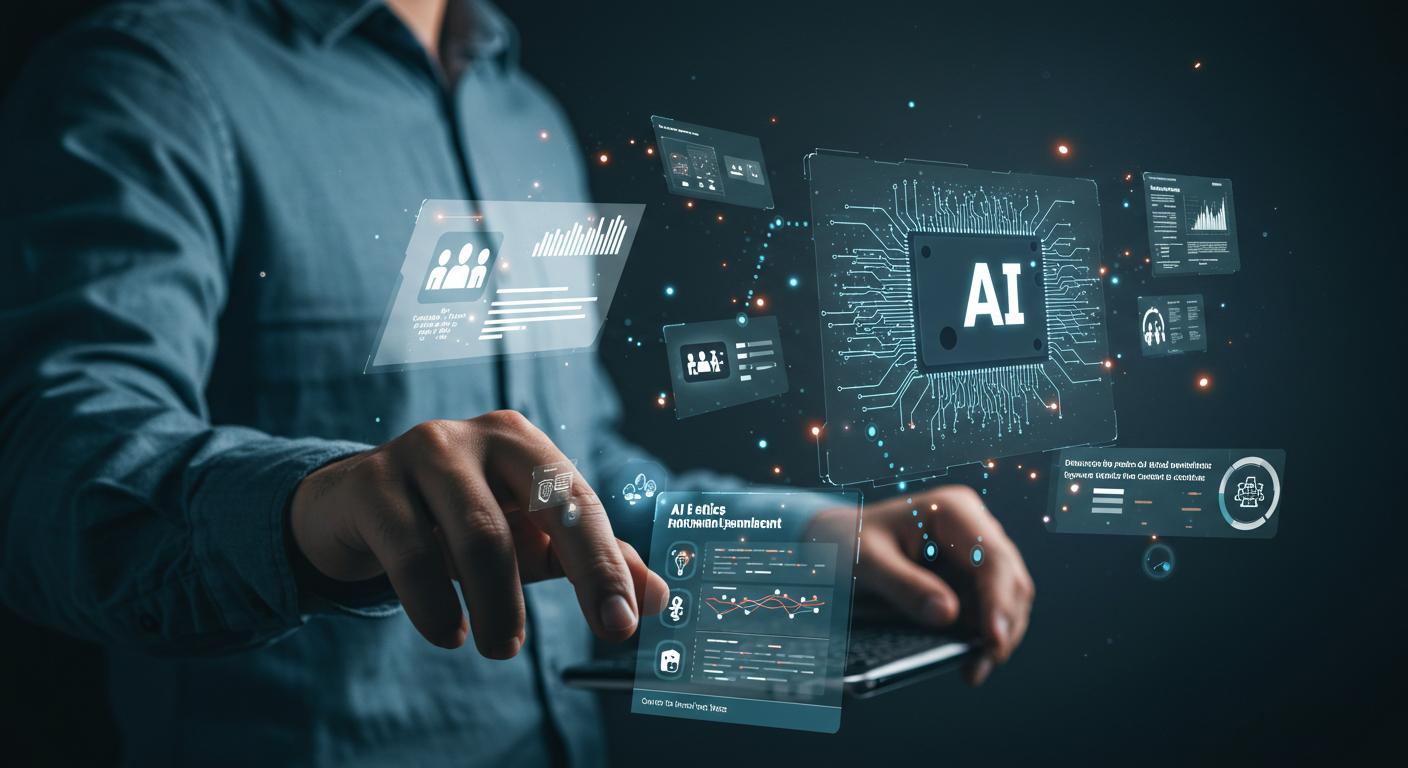
The AI Skills Gap: Strategies for Upskilling and Reskilling Your Workforce
As artificial intelligence (AI) continues to transform industries, the demand [...]
As artificial intelligence (AI) continues to transform industries, the demand for AI-related skills is growing rapidly. However, many organizations are facing a significant challenge: the AI skills gap. This gap, characterized by a shortage of employees with the necessary skills to work with AI technologies, can hinder the successful implementation of AI initiatives. To stay competitive, businesses must prioritize upskilling and reskilling their workforce. In this article, we explore strategies for closing the AI skills gap and ensuring that your team is equipped to thrive in an AI-driven world.
Understanding the AI Skills Gap
The AI skills gap refers to the disparity between the skills required to work with AI technologies and the skills currently possessed by the workforce. This gap is driven by several factors:
- Rapid Technological Advancements: AI technologies are evolving at an unprecedented pace, outstripping the ability of many workers to keep up with the latest developments.
- Changing Job Requirements: As AI automates routine tasks, the demand for higher-level skills, such as data analysis, machine learning, and AI ethics, is increasing.
- Limited Access to Training: Many organizations struggle to provide adequate training opportunities that equip employees with the skills needed to work alongside AI.
Strategies for Upskilling and Reskilling Your Workforce
- Develop a Comprehensive Training Program: A well-structured training program is essential for closing the AI skills gap. This program should include a combination of online courses, in-person workshops, and hands-on projects that allow employees to apply what they’ve learned. Topics should cover both technical skills, such as coding and data analysis, and soft skills, such as problem-solving and critical thinking.
- Leverage External Partnerships: Collaborating with educational institutions, industry organizations, and AI experts can provide your workforce with access to specialized training resources. These partnerships can also help ensure that your training programs are aligned with the latest industry standards and best practices.
- Encourage Lifelong Learning: Fostering a culture of continuous learning is crucial for staying ahead in an AI-driven world. Encourage employees to pursue ongoing education and professional development, whether through formal certifications, online courses, or self-directed learning. Provide incentives for employees who actively seek out new learning opportunities.
- Implement Mentorship Programs: Pairing less experienced employees with AI-savvy mentors can accelerate the upskilling process. Mentorship programs allow for knowledge transfer, hands-on learning, and personalized guidance, helping employees quickly develop the skills they need to succeed.
- Focus on Transferable Skills: While technical skills are important, it’s also essential to develop transferable skills that can be applied across different roles and industries. These include critical thinking, adaptability, and the ability to work collaboratively with AI systems. By focusing on these skills, organizations can ensure that their workforce remains agile and adaptable in the face of technological change.
- Measure Progress and Adjust: Regularly assess the effectiveness of your upskilling and reskilling programs by tracking employee progress, gathering feedback, and analyzing the impact on business outcomes. Use this data to make adjustments and improvements to your training initiatives, ensuring that they continue to meet the evolving needs of your organization.
Benefits of Closing the AI Skills Gap
- Enhanced Competitiveness: Organizations with a skilled AI workforce are better positioned to capitalize on new opportunities, drive innovation, and maintain a competitive edge in the market.
- Increased Employee Retention: Investing in upskilling and reskilling not only benefits the organization but also boosts employee satisfaction and loyalty. Employees who feel supported in their professional growth are more likely to stay with the company long-term.
- Successful AI Implementation: A well-trained workforce is essential for the successful deployment of AI technologies. By closing the skills gap, organizations can ensure that their AI initiatives are executed effectively and deliver the desired results.
Conclusion
The AI skills gap presents a significant challenge for organizations, but it also offers an opportunity to invest in the growth and development of your workforce. By implementing strategies for upskilling and reskilling, businesses can equip their teams with the skills needed to thrive in an AI-driven world. At Blu, we’re committed to helping organizations navigate the complexities of AI and build a future-ready workforce. Contact us today to learn more about our AI training and development programs.
Share this article
Follow us
A quick overview of the topics covered in this article.



